This fresh kimchi recipe came from my Korean neighbor Mrs. Park, who taught me the difference between the fermented stuff and this quick version called geotjeori. While most people think kimchi needs weeks to ferment, this fresh version is ready to eat right away and tastes like a spicy, crunchy salad. I've been making it for my family for eight years now, and Lina prefers it to the fermented kind - he loves how it doesn't have that sour tang yet but still packs all the heat and flavor.

Why You'll Love This Fresh Kimchi Recipe
I've been making this for my family for eight years now, and it's nothing like the funky fermented stuff that scares people away. This fresh kimchi tastes like the crispiest, spiciest salad you've ever had - all the kick without the sour smell. What hooked me was how fast it comes together. No waiting weeks for fermentation, no weird bubbling jars on the counter. Just mix it up and eat it right away.
Lina loves this version way more than regular kimchi because it doesn't have that sharp bite that makes his face scrunch up. Plus, when you're craving something crunchy and spicy with dinner, this delivers in fifteen minutes flat. The cabbage stays crazy crisp, and you get all those Korean flavors without having to deal with the whole fermentation thing. It's basically spicy coleslaw that doesn't suck.
Jump to:
- Why You'll Love This Fresh Kimchi Recipe
- Ingredients for Fresh Kimchi
- How To Make Fresh Kimchi Step By Step
- Storing Your Fresh Kimchi
- Fresh Kimchi Variations
- Equipment For Fresh Kimchi
- Smart Swaps for Your Fresh Kimchi Recipe
- The Dish My Grandmother Taught Me to Love
- Top Tip
- Why This Fresh Kimchi Works
- FAQ
- Fresh Korean Flavors Made Simple!
- Related
- Pairing
- Fresh Kimchi
Ingredients for Fresh Kimchi
The Vegetables:
- Napa cabbage
- Green onions
- Korean radish
- Carrot
- Fresh garlic
- Fresh ginger
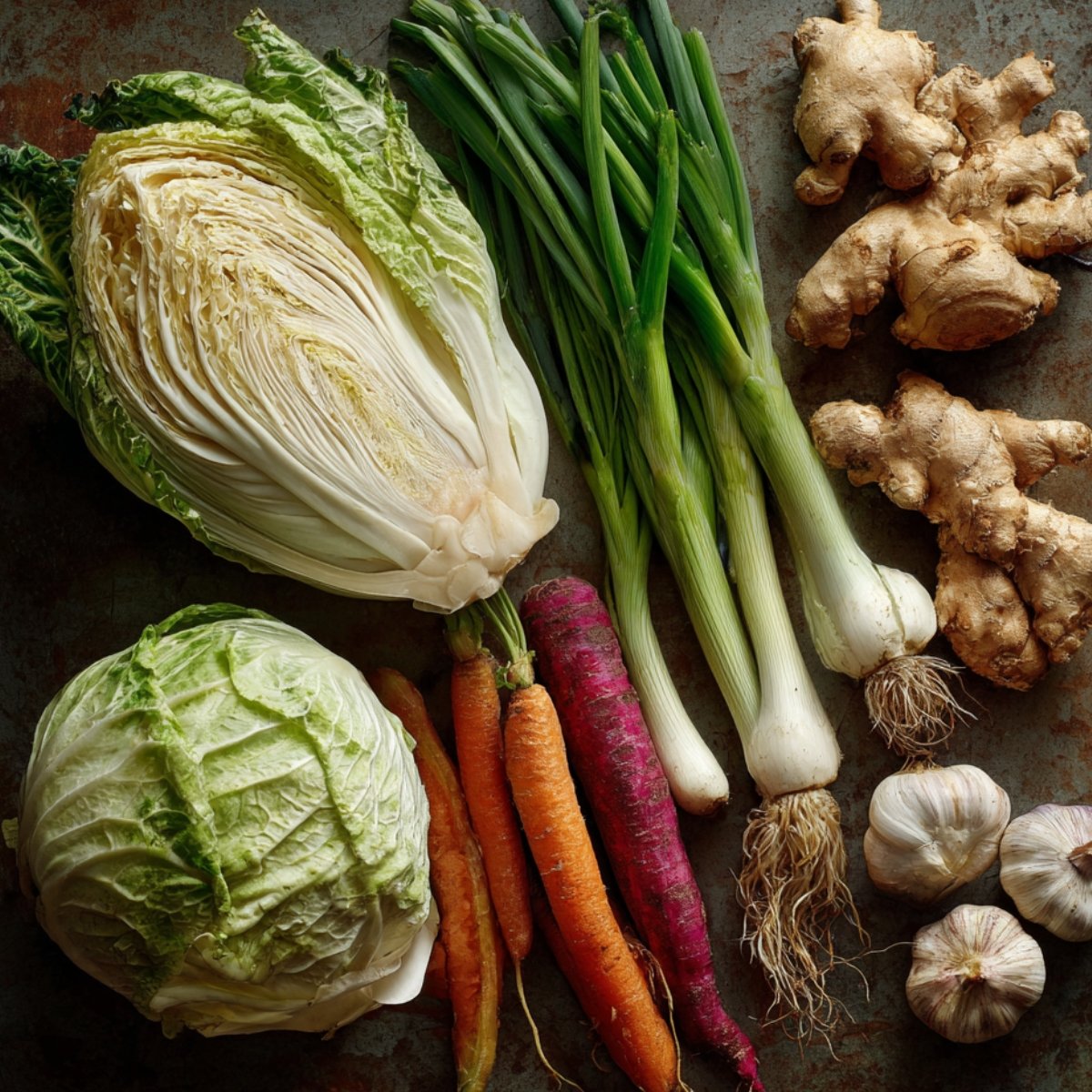
The Spice Paste:
- Korean red pepper flakes
- Fish sauce
- Rice vinegar
- Sugar
- Salt
Optional Stuff:
- Asian pear
- Sesame oil
- Toasted sesame seeds
See recipe card for quantities.

How To Make Fresh Kimchi Step By Step
Prep the Cabbage:
- Cut napa cabbage into bite-sized pieces
- Toss with coarse salt
- Let it sit for 30 minutes
- Rinse really well and squeeze dry
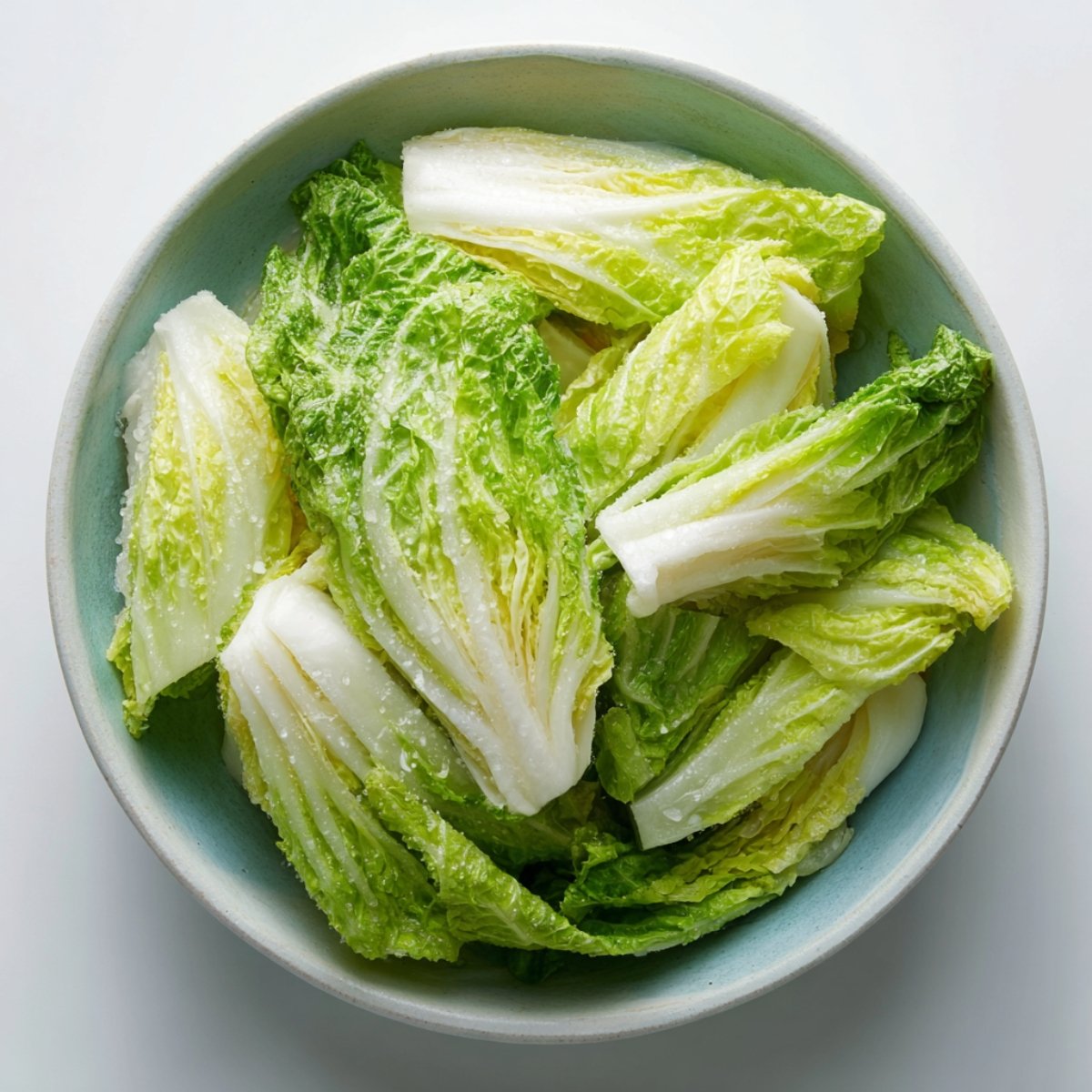
Make the Paste:
- Mince garlic and ginger super fine
- Mix gochugaru with a little water to make a paste
- Add fish sauce, rice vinegar, and sugar
- Stir until it looks like thick ketchup
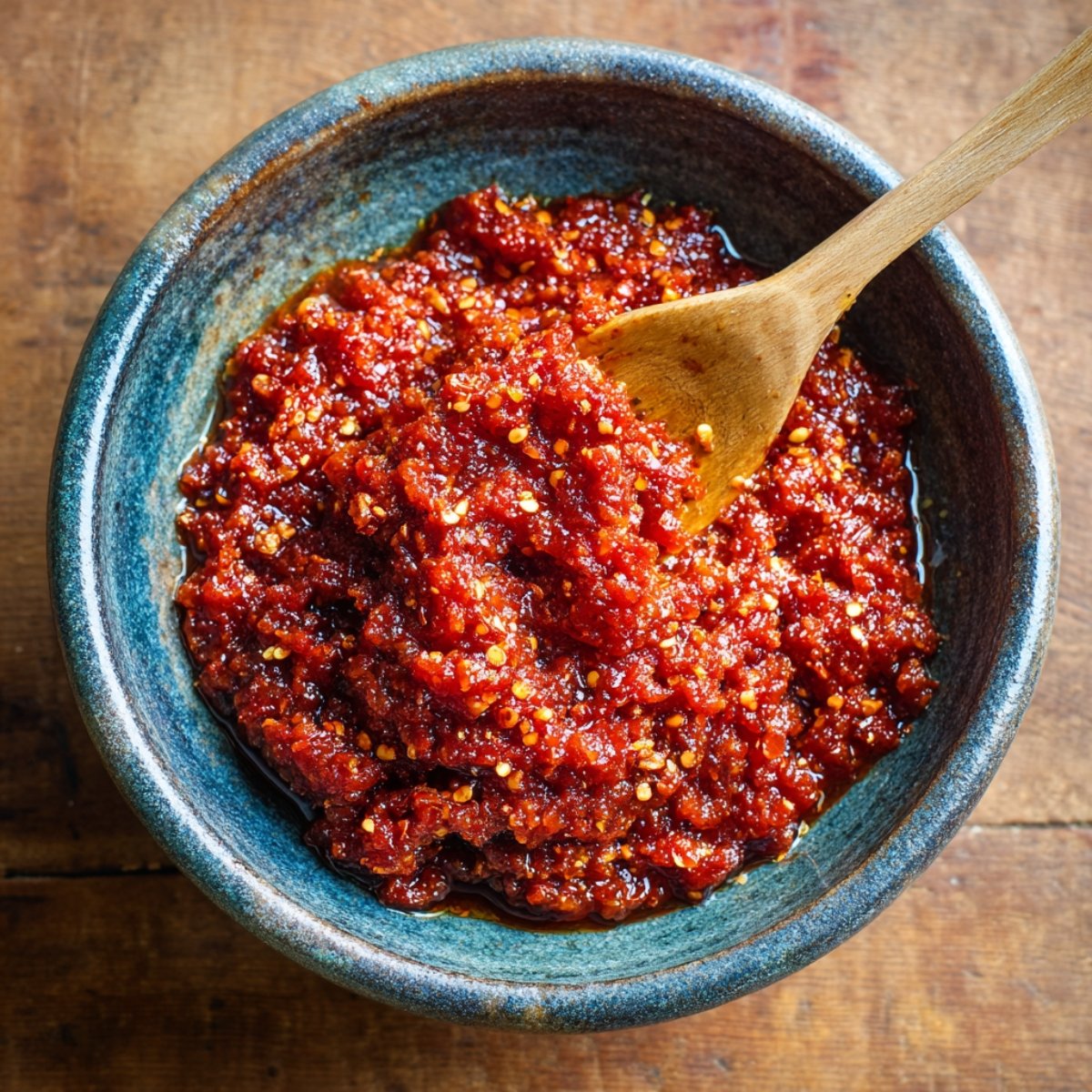
Put It All Together:
- Taste and add more salt or sugar if needed
- Throw the squeezed cabbage in a big bowl
- Add chopped green onions, radish, and carrot
- Pour the spice paste over everything
- Mix with your hands
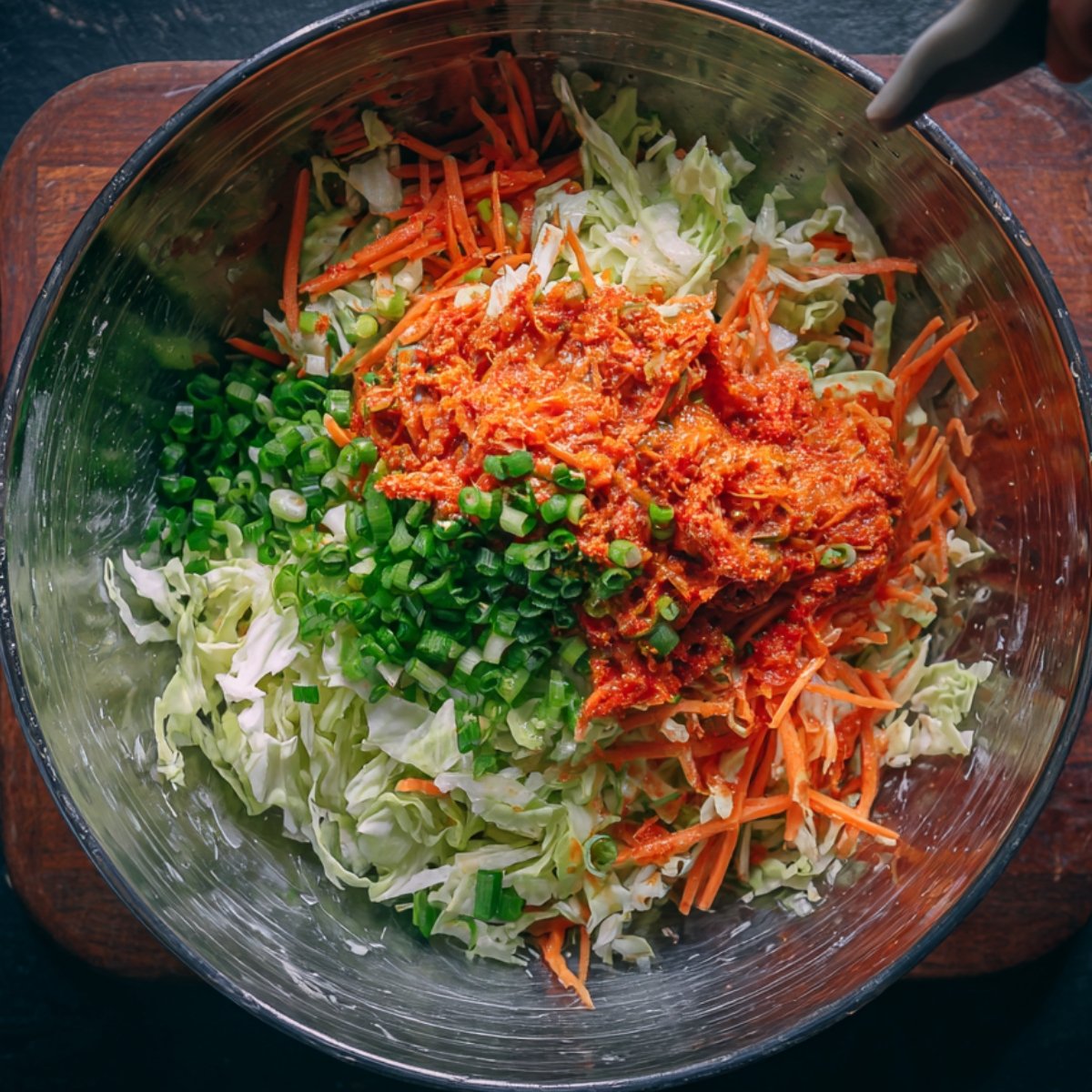
Storing Your Fresh Kimchi
Right Away (Best):
- Eat it within 2 hours of making
- Keeps all the crunch
- Flavors are brightest
- Store at room temperature
Fridge Storage (3-4 days):
- Put it in an airtight container
- It'll get a little softer each day
- Still tastes good though
- Don't leave it out too long
What Happens:
- Day 5+: Probably toss it
- Day 1: Perfect crunch
- Day 2-3: Still good, less crispy
- Day 4: Getting soft but edible
Fresh Kimchi Variations
Cucumber Fresh Kimchi:
- Use English cucumbers instead of cabbage
- Salt them for 15 minutes instead of 30
- Add extra sesame oil
- Perfect for summer
Fruit Mix:
- Add diced Asian pear or apple
- Throw in some pineapple chunks
- Use less gochugaru (the fruit makes it sweet)
- Lina's favorite version
Extra Veggie:
- Mix in shredded Brussels sprouts
- Add julienned bell peppers
- Throw in some bean sprouts
- Makes it more like a salad
Mild Version:
- Cut the gochugaru in half
- Add more sugar
- Extra sesame oil
- Good for kids or people who can't handle spice
Equipment For Fresh Kimchi
- Large mixing bowl
- Sharp knife
- Cutting board
- Rubber gloves (trust me on this)
- Clean kitchen towel
Smart Swaps for Your Fresh Kimchi Recipe
Cabbage Options:
- Napa cabbage → Regular green cabbage (just not as tender)
- Fresh cabbage → Pre-shredded coleslaw mix (in a pinch)
- Whole head → Baby bok choy (works great)
Spice Swaps:
- Gochugaru → Crushed red pepper flakes (not the same but okay)
- Korean chili → Paprika mixed with cayenne
- Fish sauce → Soy sauce (for vegetarians)
Vegetable Changes:
- Korean radish → Regular radish or daikon
- Asian pear → Granny Smith apple
- Green onions → Regular onions (use less)
When You're Desperate:
- No rice vinegar → White vinegar (use half the amount)
- No gochugaru → Sriracha mixed with paprika
- No fish sauce → Extra soy sauce and a pinch of salt
The Dish My Grandmother Taught Me to Love
My grandmother on my mom's side was this tiny Korean woman who barely spoke English but could work magic in the kitchen. When I was maybe ten years old, she started teaching me how to make geotjeori on summer days when it was too hot to cook anything else. She'd have me sit on a little stool next to her while she chopped cabbage with this beat-up knife that was probably older than me.
The thing I remember most was how she'd taste everything with her fingers as she went along. A pinch of this, a little more of that, always tweaking until it was just right. She never wrote anything down, never measured anything. "You taste, you know," she'd say in her broken English, shoving a piece of cabbage in my mouth. I'd make faces at the spice, and she'd laugh and add more sugar. Now when I make this fresh kimchi with Lina.
Top Tip
- Remember what my grandmother always said: 'You taste, you know.' She was right when it comes to cooking, your taste buds are your best guide. Trust your mouth over any measuring spoon when it comes to getting the flavors just right. Recipes are simply a starting point, but the true magic happens when you make the dish your own.
- That’s the secret to creating something special being flexible and allowing your personal preferences to guide the process. Every dish is an opportunity to fine-tune, so don’t stress about being exact. Cooking is about intuition as much as it is about ingredients. By trusting yourself and not being afraid to experiment, you can transform any recipe into something that’s uniquely yours, a reflection of your own taste and style in the kitchen.
Why This Fresh Kimchi Works
I messed around with this recipe for years before I figured out what my grandmother already knew. The whole trick is in the salt timing and getting your spice paste right. Most people either don't salt the cabbage long enough, so it stays too watery, or they salt it too long and it gets mushy. Thirty minutes is the sweet spot - just enough to pull out the water but not so much that it kills the crunch.
The other thing is mixing that gochugaru with water first instead of just dumping the dry flakes on everything. When you make it into a paste, it coats all the vegetables evenly instead of clumping up in weird spots. My grandmother used to make me stir that paste until my arm got tired. She'd poke it with her finger and shake her head if it wasn't smooth enough. I thought she was just being picky, but now I get it. That smooth paste is what makes every bite taste the same instead of having some pieces that are boring and others that set your mouth on fire.
FAQ
What is the difference between fresh kimchi and kimchi?
Fresh kimchi (geotjeori) is eaten right away without fermentation, while regular kimchi sits and ferments for weeks or months. Fresh kimchi tastes like a spicy salad - crisp and bright. Regular kimchi has that sour, funky flavor that comes from fermentation and gets stronger over time.
Is there such a thing as fresh kimchi?
Yeah! Fresh kimchi is called geotjeori in Korean and it's totally different from fermented kimchi. It's meant to be eaten right away and has a completely different taste and texture. Lots of Korean families make both kinds depending on what they feel like eating.
What is freshly made Fresh Kimchi called?
Freshly made kimchi that's eaten right away is called geotjeori. It's basically Korean salad with all the same seasonings as regular kimchi but without the fermentation stuff. The word geotjeori literally means "fresh kimchi" in Korean.
Can you eat fresh kimchi?
Of course! Fresh kimchi is supposed to be eaten right away. It's totally safe to eat immediately and tastes best when it's freshly made. You don't need to wait for fermentation - just mix it up and eat it.
Fresh Korean Flavors Made Simple!
Now you know how to make fresh kimchi that's ready to eat right away - from salting the cabbage just right to my grandmother's trick of making that smooth spice paste. This crunchy, spicy side dish proves you don't need weeks of fermentation to get those Korean flavors.
Want to try more stuff from around the world? Warm up with our Easy Coconut Curry Soup Recipe that's perfect for cold nights. Craving more Asian food? Try our Healthy Chicken Chow Mein Recipe that's way better than takeout. Or spice things up with our Easy Peruvian Chicken with Green Sauce - that green sauce is crazy good!
Share your fresh kimchi pictures! We love seeing your spicy creations!
Rate this recipe and join our cooking family!
Related
Looking for other recipes like this? Try these:
Pairing
These are my favorite dishes to serve with Fresh Kimchi

Fresh Kimchi
Ingredients
Equipment
Method
- Chop cabbage, salt it, let it sit, then rinse and squeeze dry.

- Mix gochugaru with water, then add garlic, ginger, vinegar, fish sauce, and sugar.
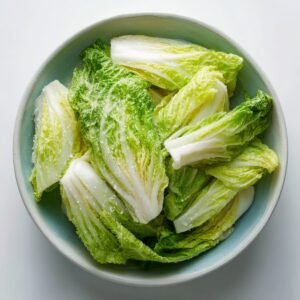
- Add cabbage, radish, carrots, and green onions to a large bowl.
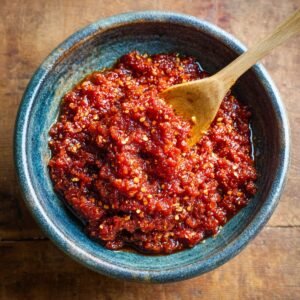
- Pour the spice paste over the vegetables and mix everything well by hand.
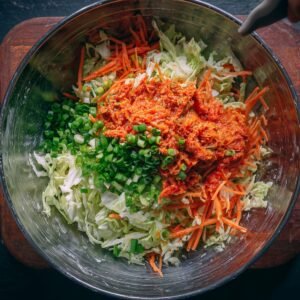
- Taste, adjust seasoning, and serve immediately or refrigerate for later.
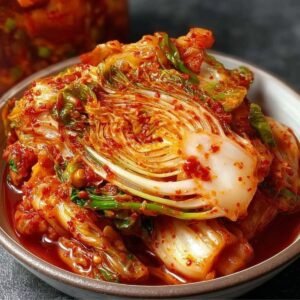




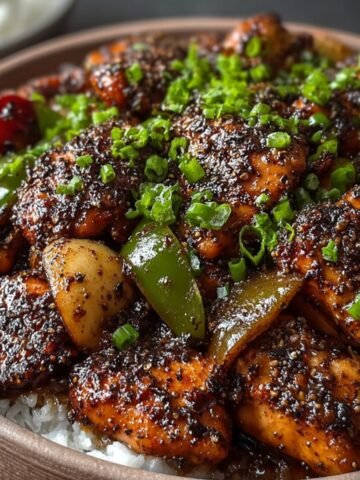
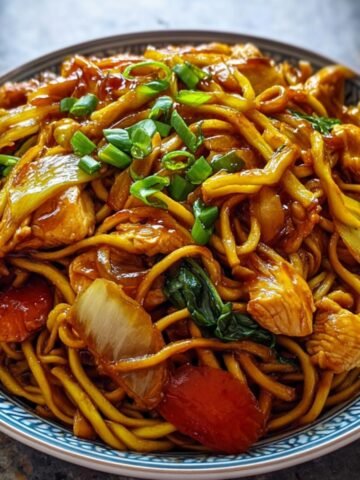



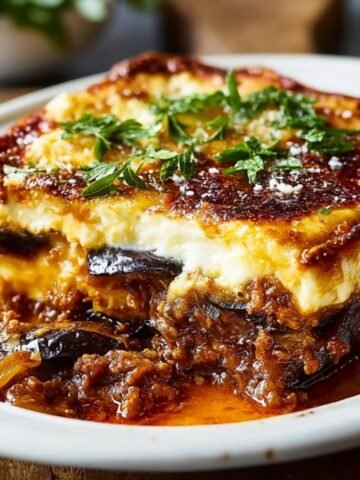



Leave a Reply